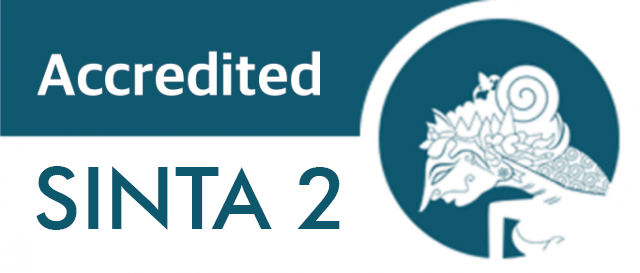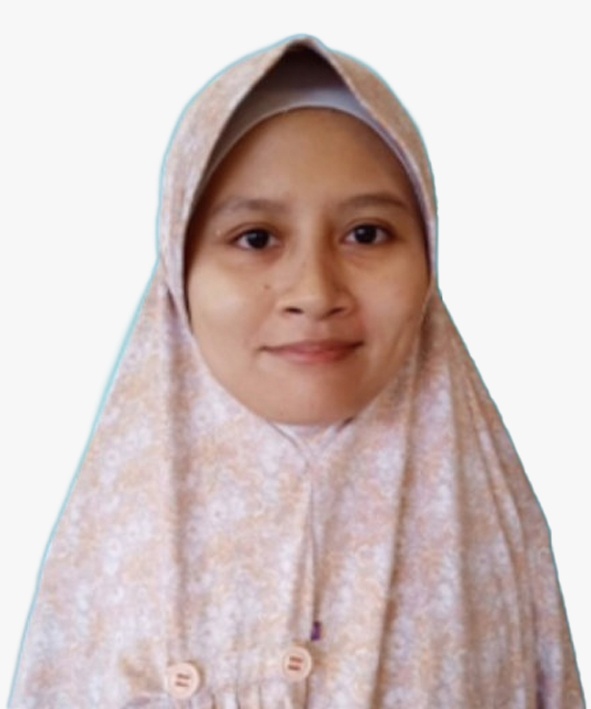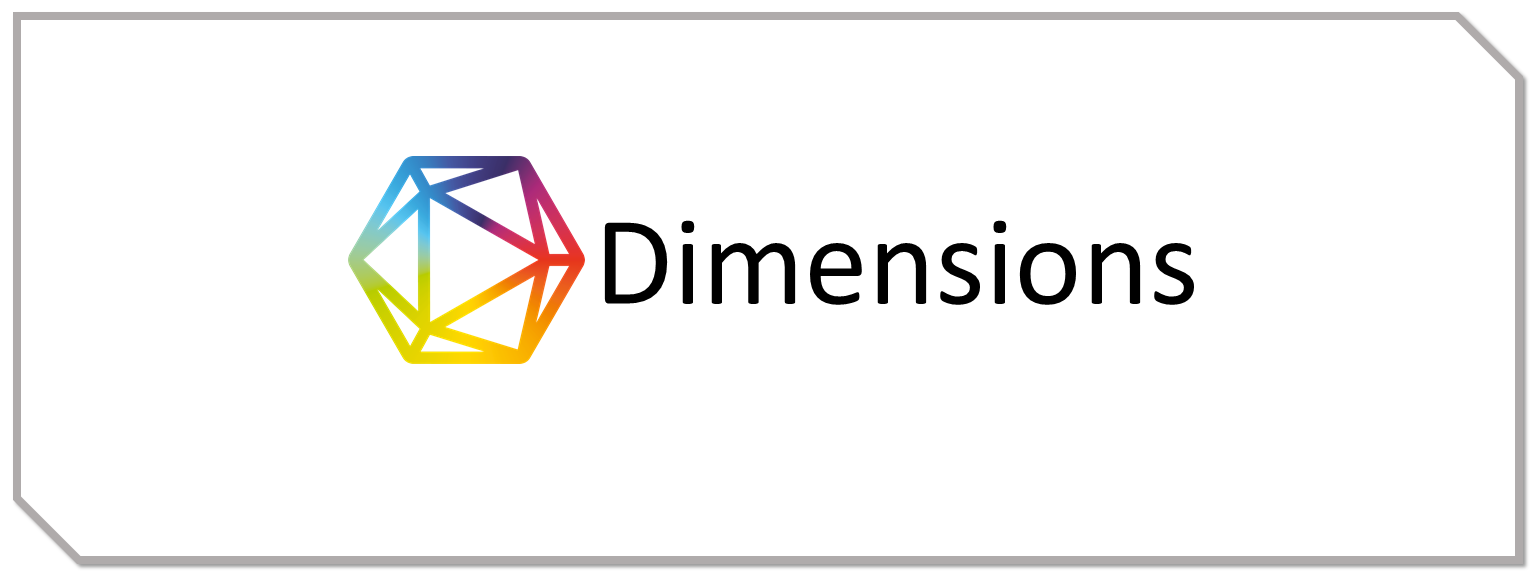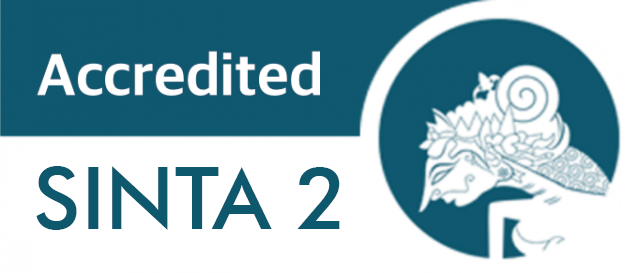Correlation Between Sleep Disturbance and Agression on Childern With Autism Spectrum Disorder
Introductions: Children with autism are a group of people with a pervasive developmental disorder characterized by abnormalities and/or developmental disabilities, marked by the presence of abnormalities in social interaction, communication, and limited and repetitive behavior. Children with Autism Spectrum Disorder have more sleep disturbances that correlate with the severity of autism symptoms, such as aggression. The aim of this study is to determine the relationship between sleep disturbances and aggression in children with autism at the Child Psychiatry Daycare Unit of Dr. Soetomo Regional General Hospital Surabaya. Methods: The research design used in this study is cross-sectional with a quantitative approach. Sampling was done using the total sampling method, resulting in 40 respondents. Sleep disturbance variables were measured using the Children’s Sleep Habit Questionnaire Abbreviated (CSHQ-A), and aggression variables were measured using the Modified Overt Aggression Scale (MOAS). Data were analyzed using Spearman’s correlation test. Results: The results showed a correlation coefficient of 0.841 with a significant p-value of < α 5% (0.05). Data analysis indicates that sleep disturbances in children with Autism Spectrum Disorder are strongly and linearly related to the level of aggression displayed. Conclusion: In conclusion, the more severe the sleep disturbances experienced by autistic children, the more severe the aggression displayed by children with Autism Spectrum Disorder.
Introductions
The estimated prevalence of the number of autistic children worldwide continues to increase every year and varies significantly within and across sociodemographic groups. Research indicates that children with Autism Spectrum Disorder (ASD) tend to have higher levels of aggressiveness compared to children with other developmental disorders. Aggression is associated with negative outcomes for children with ASD and their caregivers, including a decrease in quality of life, increased stress levels, and reduced availability of educational and social support[1]. The impact of Autism Spectrum Disorder itself can be detrimental to both the child and their immediate family. Children with Autism Spectrum Disorder tend to experience more comorbidity; research shows that 50-83% of people with Autism Spectrum Disorder have sleep problems or disorders[2]. Children with Autism Spectrum Disorder had poorer sleep quality scores, and it took them longer to fall asleep than non-autistic children, which caused insomnia symptoms and daytime fatigue[3]. Compared to typical children, parents observe that autistic children struggle with sleep, wake up more frequently at night, wake up earlier in the morning, sleep more while walking and talking, and experience bedwetting, resulting in a reduction in overall sleep. Less sleep and more sleep difficulties have been shown to correlate with a greater severity of ASD symptoms[4]. These ASD symptoms could be an internalizing behavior such as anxiety or could be an externalizing behavior such as hyperactivity and aggression[5]. The aim of this research is to determine the relationship between sleep disturbances and aggressiveness in autistic children at the Day Care Jiwa Anak RSUD Dr. Soetomo Surabaya.
Methods
Participants
Respondents participating in this study will be assured of the confidentiality of the provided data and have the right to refuse participation. Before the research commences, respondents will receive information for consent and then be provided with an informed consent form to be signed, ensuring the legality of their agreement. This study has also been deemed ethically sound by the Ethics Committee of RSUD Dr. Soetomo Surabaya with ethical approval number 2103/115/3/IV/2023. This research is a descriptive analytical observational study of a cross-sectional nature with a quantitative approach conducted on parents or primary caregivers who have children with Autism Spectrum Disorder undergoing therapy at the Child Mental Daycare of RSUD Dr. Soetomo to reveal the relationship between two variables. The collected primary data will be analyzed based on the predetermined variables and organized in the form of tables or diagrams. Data will be gathered and analyzed using the Bivariate Spearman Correlation statistical test with SPSS 27 for MacBook.
Research Instruments
This study applied three research instruments: the Demographic Questionnaire, the Modified Overt Aggression Scale, and the Children’s Sleep Habit Questionnaire Abbreviated. The demographic questionnaire data is utilized to understand and analyze respondent characteristics. Sleep disturbance is measured using the Children’s Sleep Habit Questionnaire Abbreviated (CSHQ-A), designed to identify behavior and medical-based sleep problems in school-age children. CSHQ-A assesses 5 sleep problems in children: (I) Bedtime, (II) Sleep Behavior, (III) Night Wakings, (IV) Morning Wakings, and (V) Daytime Sleepiness. Items are rated on a three-point scale: "usually" if the sleep behavior occurs five to seven times per week; "sometimes" for two to four times per week; and "rarely" for zero to one time per week. Some items are reversed to consistently produce higher scores, indicating more disturbed sleep. A score < 41 indicates no sleep disturbance in children, while a score > 41 indicates the presence of sleep disturbance in children[6]. Based on statistical testing on 40 samples, 27 valid items were obtained with a correlation coefficient (r) greater than the table value (>0.3120) and a significance value (p-value) <0.05. In reliability testing, a Cronbach’s alpha of 0.853 was obtained, which is greater than the significant value (>0.05). This indicates that the CSHQ-A questionnaire is valid and reliable for use[7]. Aggression is measured using the Modified Overt Aggression Scale (MOAS) questionnaire. In MOAS, aggression is divided into four categories: verbal aggression, physical aggression towards objects, physical aggression towards oneself, and physical aggression towards others. Within these categories, aggressive behavior is assessed based on their respective severity levels. Scoring for MOAS varies according to the aggressive category. The weight of verbal aggression is multiplied by 1, physical aggression towards objects by 2, physical aggression towards oneself by 3, and physical aggression towards others by 4. The total aggression level is obtained by summing all categories, resulting in a MOAS total score ranging from 0 (no aggression) to 40 (maximum aggression level). A higher MOAS score indicates a higher level of experienced aggression[8]. Based on statistical testing on 40 samples, 4 valid items were obtained with a correlation coefficient (r) greater than the table value (>0.3120) and a significance value (p-value) <0.05. In reliability testing, a Cronbach’s alpha of 0.597 was obtained, which is greater than the significant value (>0.05). This indicates that the MOAS questionnaire is valid and reliable for use[7].
on Statistical Sampling from 40 samples on Statistical Sampling from 40 samples
Figure 1.CSHQ-A Validity Test on Figure 3. MOAS Validity Test
Figure 2.MOAS Realiability Test Figure 4. CSHQA Realibility Test on
Result
Forty (40) parents or primary caregivers who have children with Autism Spectrum Disorder undergoing therapy at the Daycare Jiwa Anak RSUD Dr. Soetomo were included in this study.Table 1.shows the characteristics of the participants. Most participants are
C. E. Brown, C. M. Borduin, A. R. Dopp, and M. O. Mazurek, “The social ecology of aggression in youths with autism spectrum disorder,” Autism Res., vol. 12, no. 11, pp. 1636–1647, Nov. 2019, doi: 10.1002/aur.2157.
P. Ballester, A. L. Richdale, E. K. Baker, and A. M. Peiró, “Sleep in autism: A biomolecular approach to aetiology and treatment,” Sleep Med. Rev., vol. 54, p. 101357, Dec. 2020, doi: 10.1016/j.smrv.2020.101357.
S. Jovevska, A. L. Richdale, L. P. Lawson, M. Uljarević, S. R. C. Arnold, and J. N. Trollor, “Sleep Quality in Autism from Adolescence to Old Age,” Autism in Adulthood, vol. 2, no. 2, pp. 152–162, Jun. 2020, doi: 10.1089/aut.2019.0034.
H. Chen et al., “Sleep problems in children with autism spectrum disorder: a multicenter survey,” BMC Psychiatry, vol. 21, no. 1, p. 406, Dec. 2021, doi: 10.1186/s12888-021-03405-w.
A. Bangerter et al., “Relationship Between Sleep and Behavior in Autism Spectrum Disorder: Exploring the Impact of Sleep Variability,” Front. Neurosci., vol. 14, Mar. 2020, doi: 10.3389/fnins.2020.00211.
J. A. Owens, A. Spirito, and M. McGuinn, “Children’s Sleep Habits Questionnaire,” PsycTESTS Dataset. Mar. 09, 2015. doi: 10.1037/t33022-000.
D. Budiastuti and A. Bandur, Validitas dan reliabilitas penelitian: dilengkapi analisis dengan NVIVO, SPSS, dan AMOS, 1st ed. Mitra Wacana Media, 2018. [Online]. Available: https://lontar.ui.ac.id/detail?id=20498846&lokasi=lokal#parentHorizontalTab1
“The Overt Aggression Scale for the objective rating of verbal and physical aggression,” Am. J. Psychiatry, vol. 143, no. 1, pp. 35–39, Jan. 1986, doi: 10.1176/ajp.143.1.35.
M. Jafari and N. Ansari-Pour, “Why, When and How to Adjust Your P Values?,” Cell J., vol. 20, no. 4, pp. 604–607, Jan. 2019, doi: 10.22074/cellj.2019.5992.
P. Schober, C. Boer, and L. A. Schwarte, “Correlation Coefficients: Appropriate Use and Interpretation,” Anesth. Analg., vol. 126, no. 5, pp. 1763–1768, May 2018, doi: 10.1213/ANE.0000000000002864.
V. Milner, H. McIntosh, E. Colvert, and F. Happé, “A Qualitative Exploration of the Female Experience of Autism Spectrum Disorder (ASD),” J. Autism Dev. Disord., vol. 49, no. 6, pp. 2389–2402, Jun. 2019, doi: 10.1007/s10803-019-03906-4.
M. S. Goodwin, C. A. Mazefsky, S. Ioannidis, D. Erdogmus, and M. Siegel, “Predicting aggression to others in youth with autism using a wearable biosensor,” Autism Res., vol. 12, no. 8, pp. 1286–1296, Aug. 2019, doi: 10.1002/aur.2151.
F. D. Rahmayanti, F. A. Rahmania, S. N. Anisa, and F. Nashori, “Dukungan Sosial dan Beban Pengasuhan pada Orang Tua Anak Berkebutuhan Khusus,” Insa. J. Psikol. dan Kesehat. Ment., vol. 7, no. 2, pp. 156–166, Dec. 2022, doi: 10.20473/jpkm.v7i22022.156-166.
K. S. Rahayu and L. Basoeki, “Pengasuhan Anak Oleh Ibu Usia Remaja,” J. Psikiatri Surabaya, vol. 7, no. 2, p. 95, Dec. 2018, doi: 10.20473/jps.v7i2.19469.
A. R. Setyanisa, Y. Setiawati, I. Irwanto, I. Fithriyah, and S. A. Prabowo, “Relationship between Parenting Style and Risk of Attention Deficit Hyperactivity Disorder in Elementary School Children,” Malaysian J. Med. Sci., vol. 29, no. 4, pp. 152–159, Aug. 2022, doi: 10.21315/mjms2022.29.4.14.
D. F. Connor et al., “Maladaptive Aggression: With a Focus on Impulsive Aggression in Children and Adolescents,” J. Child Adolesc. Psychopharmacol., vol. 29, no. 8, pp. 576–591, Oct. 2019, doi: 10.1089/cap.2019.0039.
E. Horwitz et al., “Sex differences in the course of autistic and co-occurring psychopathological symptoms in adolescents with and without autism spectrum disorder,” Autism, vol. 27, no. 6, pp. 1716–1729, Aug. 2023, doi: 10.1177/13623613221146477.
A. Yusianti and P. P. Pramita, “Peran Parenting Self-efficacy terhadap Parenting Stress Ibu dari Anak dengan Gangguan Spektrum Autisme (GSA) Usia 5-12 Tahun,” Bul. Ris. Psikol. dan Kesehat. Ment., vol. X, 2023, [Online]. Available: http://e-journal.unair.ac.id/BRPKM
J. Goodwin et al., “Caregiver perspectives on the impact of uncertainty on the everyday lives of autistic children and their families,” Autism, vol. 26, no. 4, pp. 827–838, May 2022, doi: 10.1177/13623613211033757.
C. Carmassi et al., “Systematic Review of Sleep Disturbances and Circadian Sleep Desynchronization in Autism Spectrum Disorder: Toward an Integrative Model of a Self-Reinforcing Loop,” Front. Psychiatry, vol. 10, Jun. 2019, doi: 10.3389/fpsyt.2019.00366.
S. D. Elkhatib Smidt, N. Gooneratne, E. S. Brodkin, M. Bucan, and J. A. Mitchell, “Sufficient sleep duration in autistic children and the role of physical activity,” Autism, vol. 26, no. 4, pp. 814–826, May 2022, doi: 10.1177/13623613211053671.
W. Wulandari, R. Fitryasari, and H. Harmayetty, “Correlation Between of Gadget Use to Sleep Patterns and Social Interaction in Students During COVID-19 Pandemic,” Psychiatry Nurs. J. (Jurnal Keperawatan Jiwa), vol. 5, pp. 75–81, 2023, doi: 10.20473/pnj.v5i2.44270.
K. M. Apriliani and D. Soetjipto, “Sleep Disorders in Late-Life Depression,” J. Psikiatri Surabaya, vol. 9, no. 1, p. 1, Jun. 2020, doi: 10.20473/jps.v9i1.16026.
V. D. Hohn, D. M. J. de Veld, K. J. S. Mataw, E. J. W. van Someren, and S. Begeer, “Insomnia Severity in Adults with Autism Spectrum Disorder is Associated with sensory Hyper-Reactivity and Social Skill Impairment,” J. Autism Dev. Disord., vol. 49, no. 5, pp. 2146–2155, May 2019, doi: 10.1007/s10803-019-03891-8.
M. H. Imaduddin, N. Febriyana, Y. Setiawati, and I. Irwanto, “Risk Factor Mild Mental Retardation in Extraordinary School at Surabaya,” J. Psikiatri Surabaya, vol. 9, no. 2, p. 34, Sep. 2020, doi: 10.20473/jps.v9i2.20039.
M. K. Pavlova and V. Latreille, “Sleep Disorders,” Am. J. Med., vol. 132, no. 3, pp. 292–299, Mar. 2019, doi: 10.1016/j.amjmed.2018.09.021.
Copyright (c) 2025 Fany Nabila Fauziah, Nining Febriyana, Mira Irmawati

This work is licensed under a Creative Commons Attribution-ShareAlike 4.0 International License.
1. Copyright of this journal is possession of the Author, by the knowledge of the Editorial Board and Journal Manager, while the moral right of the publication belongs to the author.
2. The journal allows the author(s) to retain publishing rights without restrictions.
3. The articles are published under a Creative Commons Attribution Share-Alike (CC BY-SA) license. Many research funding bodies prefer the CC BY-SA license because it allows for maximum dissemination and re-use of open access materials. Users are free to share (copy, distribute, and transmit) and remix (adapt) the contribution under this license, including for commercial purposes, as long as they attribute the contribution in the manner specified by the author or licensor.




























